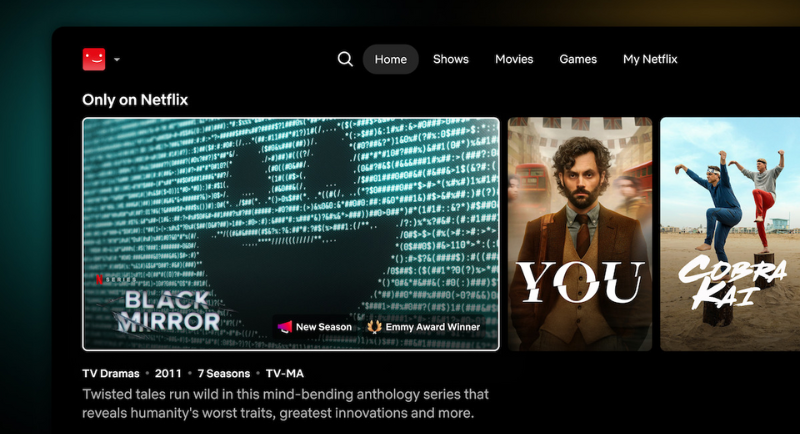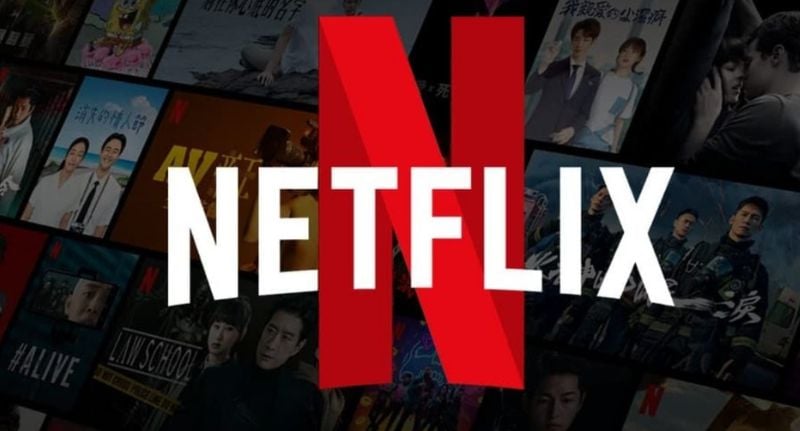In the ongoing battle to win and keep audience attention, Netflix is rolling out a global redesign of its TV interface, starting May 19.
The update isn’t just a cosmetic lift. It’s a strategic play to reduce content overload, sharpen personalisation, and better spotlight the titles that matter most to viewers.
And for advertisers and media buyers keeping tabs on platform evolution, this marks yet another sign of how data-driven user experiences decisions are becoming a battleground for user loyalty.

Reducing scroll fatigue and boosting stickiness
The update introduces several key features designed to keep users moving from one title to the next, without falling into the endless scroll trap:
• Persistent Top Navigation: Search, Shows, Movies, Games, and My Netflix tabs now live permanently at the top of the screen, reducing tap-hunting and UI friction.
• Real-Time Recommendations: Netflix’s recommendation engine is evolving from reactive to proactive. As users watch, browse, or linger on titles, the homepage adapts on the fly, surfacing fresh content based on live engagement signals.
• The “My Netflix” Hub: More than a watchlist, this new central space houses Continue Watching, My List, and Remind Me, serving as a curated viewing control room.
• Frontloaded Title Details: Runtime, synopsis, cast, Top 10 history and awards will now be visible without clicking through, giving viewers the info they need to commit, or not, on the spot.
According to Netflix, the goal is to eliminate the small moments of friction that cause viewers to bounce. For advertisers buying into the AVOD tier, that matters. More streamlined discovery equals more consistent viewing sessions, and a more robust environment for brand engagement.
Performative personalisation
Netflix has long touted personalisation as its competitive edge. This redesign goes further, turning the home screen into a living, breathing algorithmic billboard.
Every click, pause, or hover contributes to a feedback loop that doesn’t just serve the viewer, it serves Netflix’s monetisation strategy.
Advertisers buying into Netflix’s ad-supported model are likely to benefit from these tweaks, as improved UX feeds into richer behavioural targeting and more consistent reach.
And in a fragmented digital video market, where competition isn’t just about content volume but content accessibility, Netflix’s new interface reinforces a clear message: they don’t just want to win your time, they want to make it effortless to give.
Market moves
While the user experiencer overhaul is geared toward consumers, it’s also playing well for advertisers. Netflix shares rose 21.4% in April, according to S&P Global Market Intelligence, though it wasn’t the company’s Q1 earnings that drove the lift.
Instead, investors responded to a potent cocktail of product rumours, strategic leaks, and growing confidence in Netflix’s long-term execution.
Despite strong Q1 numbers, the market barely reacted to the official report. It was the promise of platform evolution including this recent upgrade, that signalled forward momentum.
